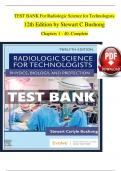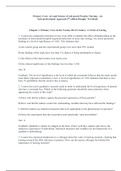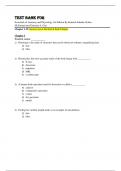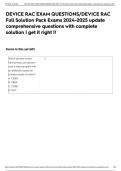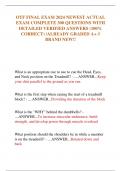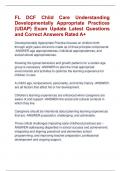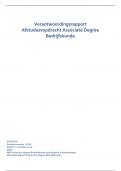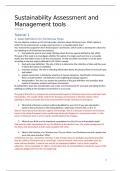Exam (elaborations)
TEST BANK For Radiologic Science for Technologists, 12th Edition by Stewart C Bushong, Verified Chapters 1 - 40, Complete Newest Version
TEST BANK For Radiologic Science for Technologists, 12th Edition by Stewart C Bushong, Verified Chapters 1 - 40, Complete Newest Version TEST BANK For Radiologic Science for Technologists, 12th Edition by Stewart C Bushong, Verified Chapters 1 - 40, Complete Newest Version Test Bank For Radio...
[Show more]
